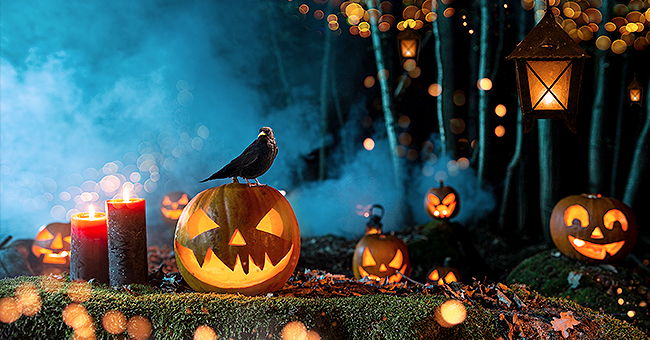
The Fascinating History of Halloween
For hundreds of years, people have celebrated Halloween. But where did this spooky tradition originally start and what sparked the idea?
As September starts and Autumn draws near, so does the season of pumpkin spice lattes and everyone's favorite dress-up holiday. The ghosts are coming soon...
Halloween is nearing and most people are gearing up for costume parties, jack-o'-lantern carving and the inevitable trick-or-treaters. But in the midst of the excitement, one has to wonder what the history of Halloween actually entails.
Halloween, which is celebrated on the last day of October, literally means "hallowed evening." It was previously known to early European celebrators as All Hallows' Eve.
All Hallows' Eve, on October 31, and All Saints' Day, on November 1, are tribute days to the saints ("hallows" refers to saints). Over time, the name for the celebration was shortened to "Halloween."
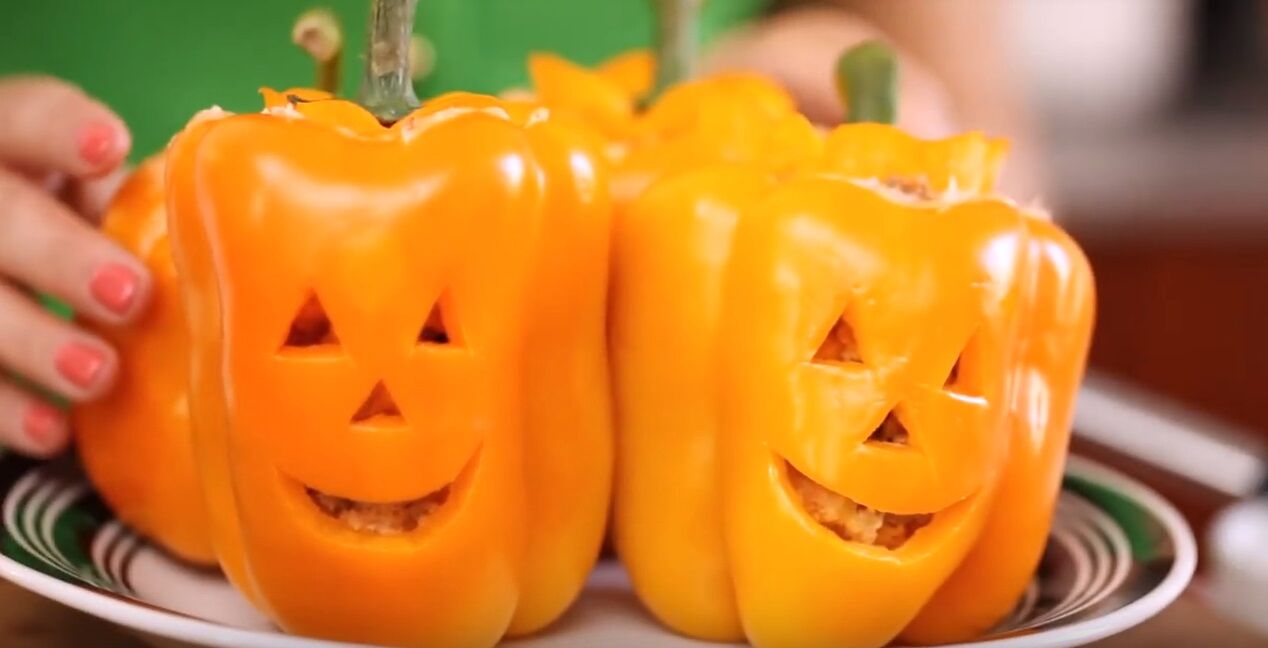
Bell Pepper Jack-O-Laterns | Shutterstock
However, it is important to note that the pagan and Christian occasions were not always so close to each other. Before the 7th century CE, All Hallow's Eve was celebrated on May 13 but Pope Boniface IV decided to move the observance to November 1.
Halloween is celebrated on October 31 as it coincides with the ancient Gaelic festival of Samhain. According to research, the Gaelic festival is the earliest known root of Halloween.
The initial festival was to mark the time of year when seasons changed. Observers also believed that on that specific night the boundary between this world and the next would become thinner.
As a result, they believed it allowed them to connect with the dead. This belief is also shared by other cultures. This contributes to the connotations of hauntings of the current Halloween celebrations.
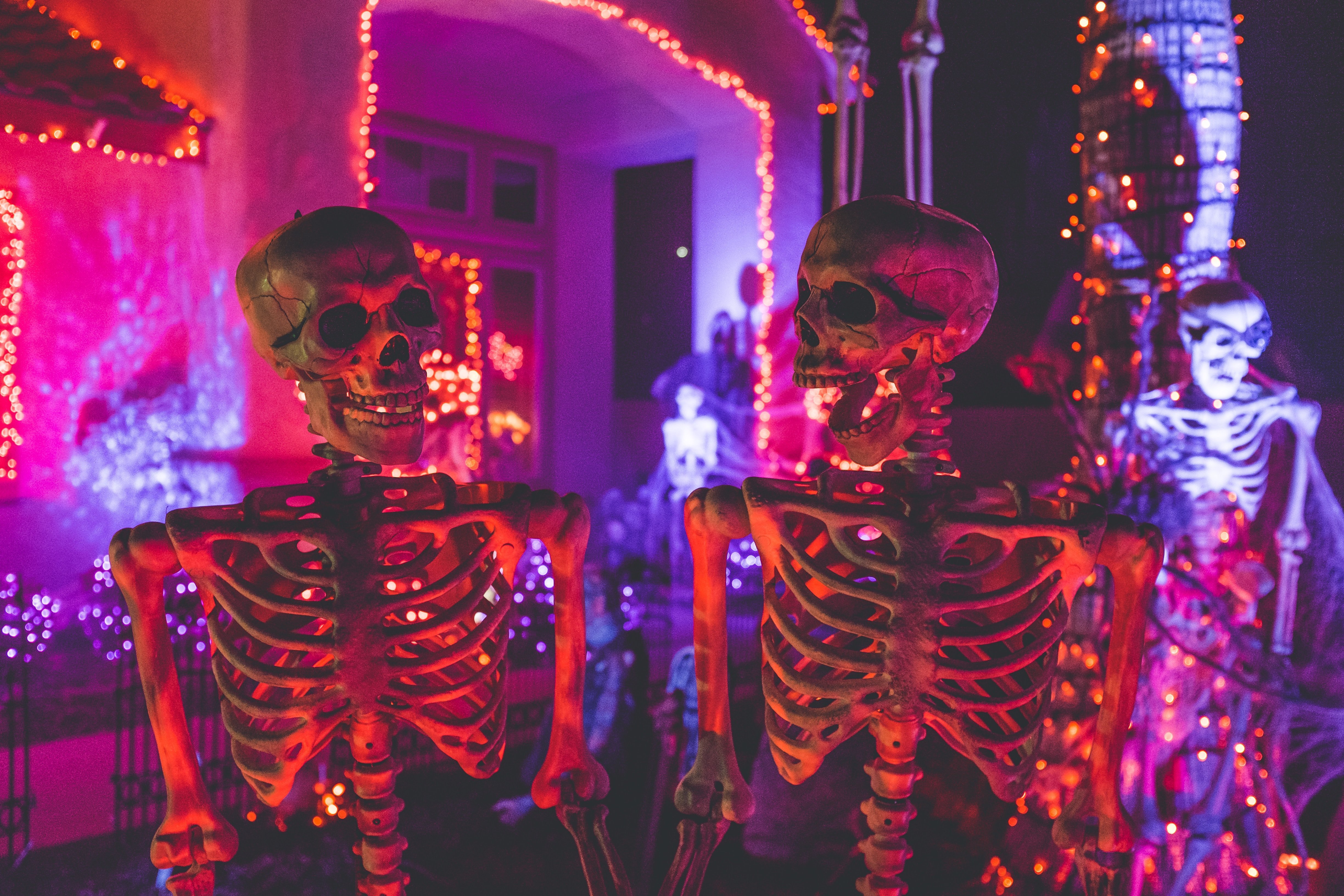
A stunning picture of Halloween decorations | Photo by NeONBRAND on Unsplash
The early pagan holiday of Samhain also involved various ceremonies and rituals to connect to spirits like the Celts were polytheistic. Some believe the Celts also costumes to protect themselves from ghosts, enjoyed special feasts and made
from gourds.
When Christianity later took over the holiday, the pagan undertones of the holiday faded away but the basic traditions of the holiday still played a large part of pop culture. Over time the traditions have evolved and modernized.
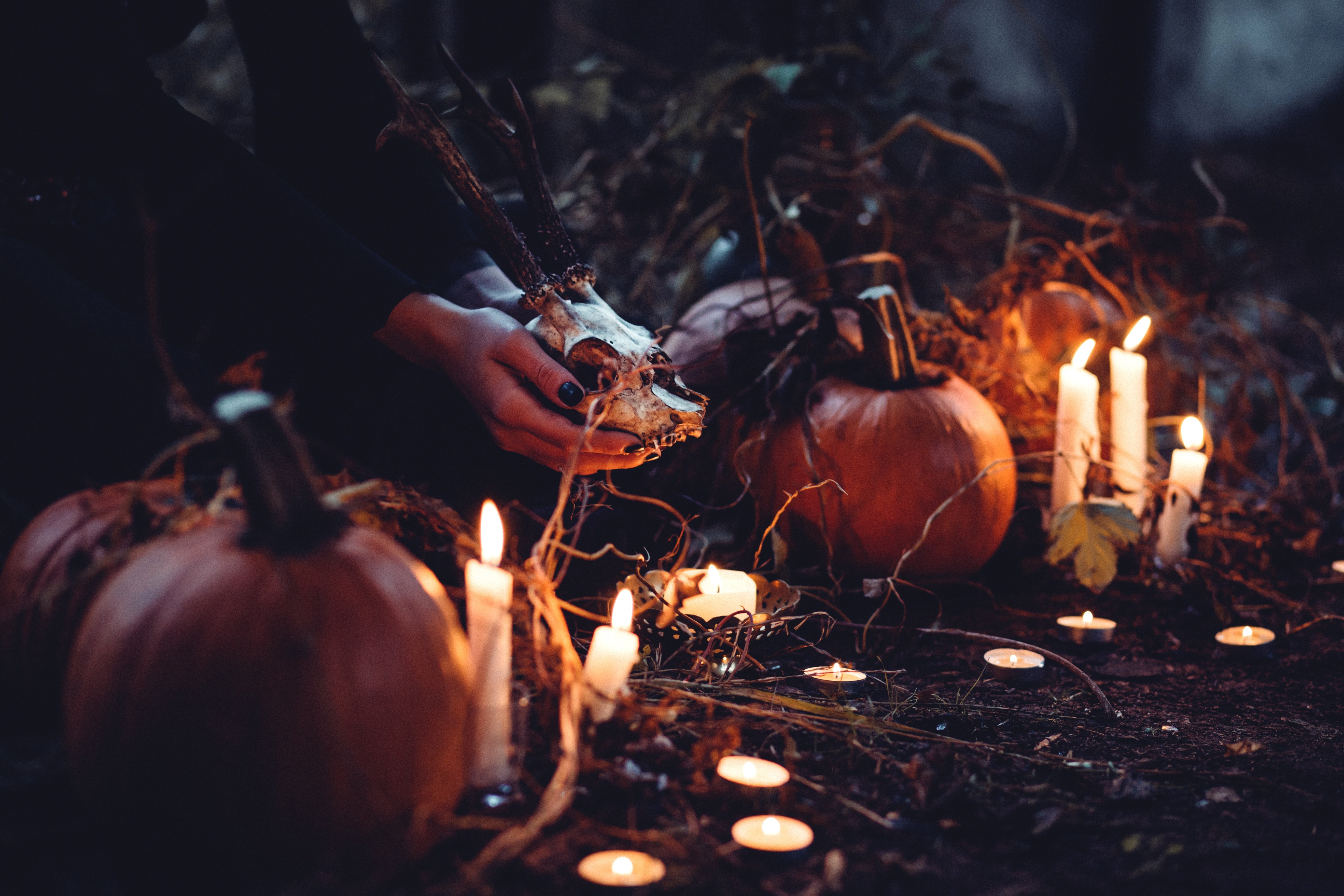
A spooky Halloween scene | Photo by freestocks.org on Unsplash
Dressing up for Halloween may have started when people would dress up as saints and recite songs or verses from door to door. Children joined the adults and would go from door to door asking for "soul cakes" which were similar to biscuits, this tradition sparked the modern-day trick or treat.
The candy collecting concept became mainstream in the U.S. around the early to mid-1900s. Families would provide treats to children to avoid falling prey to holiday pranks.
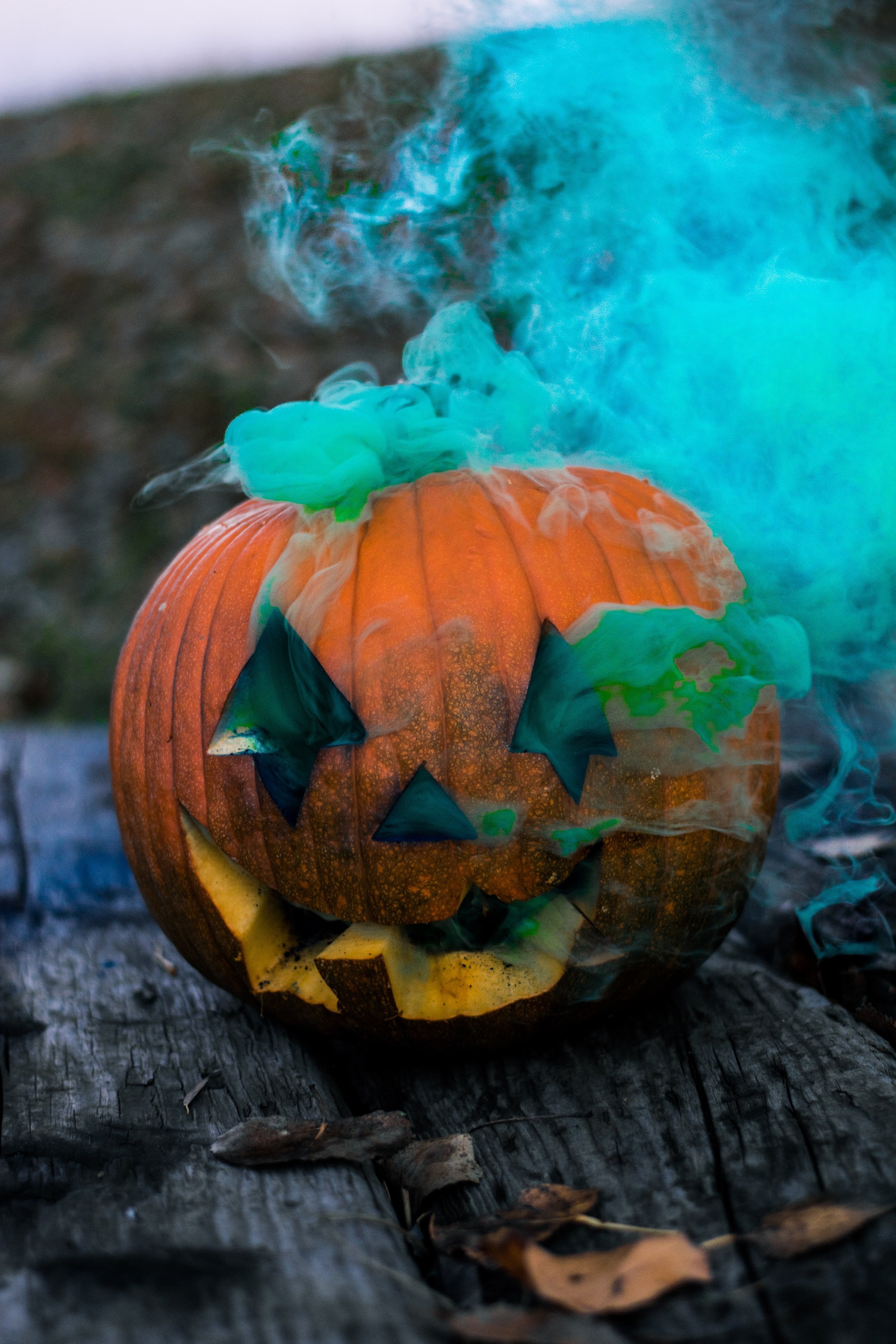
Smokey Jack-O-Lantern | Photo by Colton Sturgeon on Unsplash
The type of costumes people wear has evolved too. What started as a tribute to the saints was changed when young Scottish and Irish pranksters got the idea to dress up in scary-looking outfits. In turn, Halloween costumes became more scary, spooky, funny, and creative.
Regardless of its roots, Halloween is an extremely popular holiday in America today. However, it was nearly canceled before it hit American shores due to Puritans disapproving of the holiday's pagan roots.
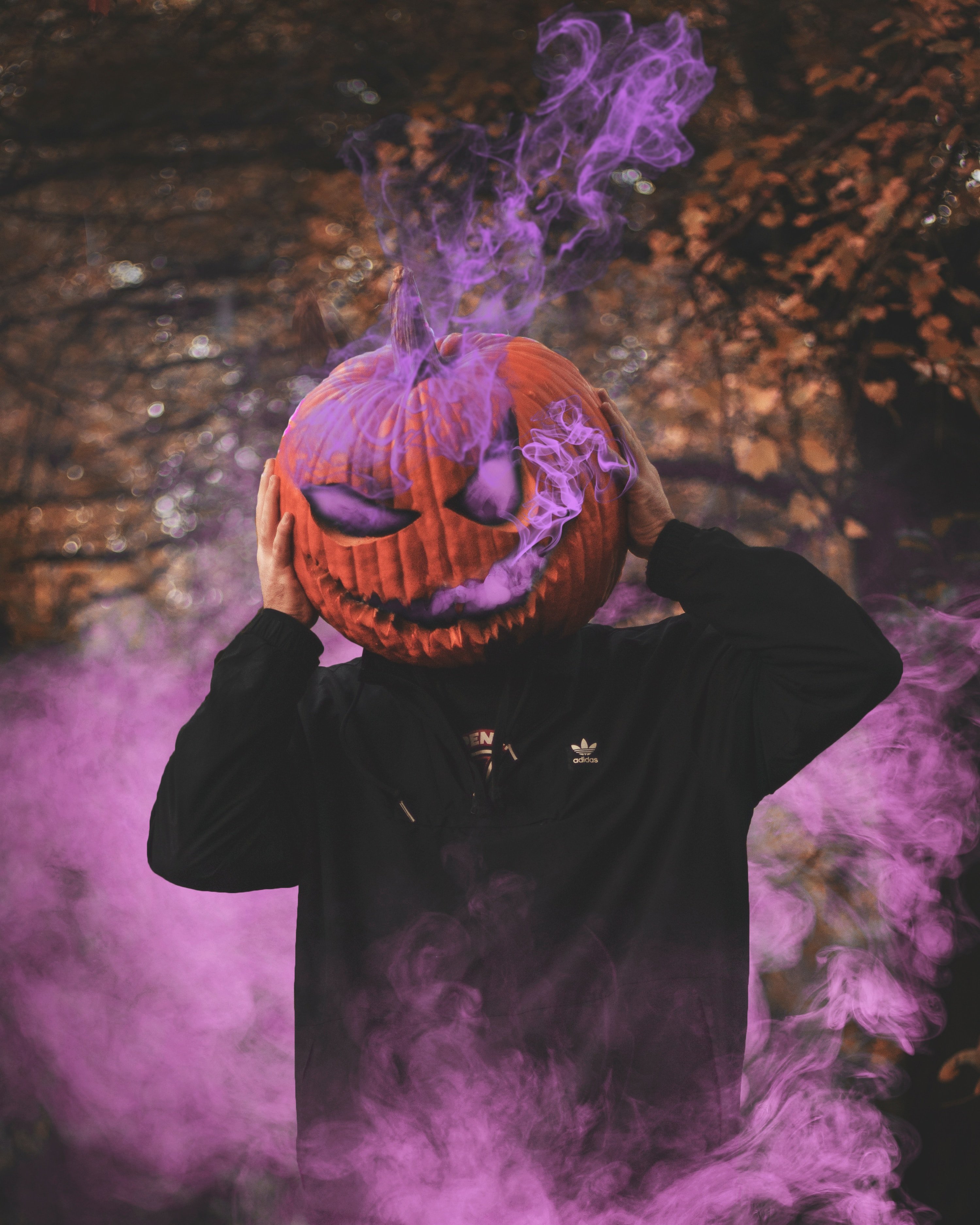
A scary Jack-O-Lantern inspired costume | Photo by Daniel Lincoln on Unsplash
Thus the Puritans refused to participate but Irish and Scottish immigrants brought the holiday with them when they immigrated to America in greater numbers.
The very first American colonial Halloween celebrations included massive parties to celebrate the upcoming harvest and involved telling ghost stories, singing, and dancing. Now, most Americans celebrate the fun holiday with spooky traditions.
